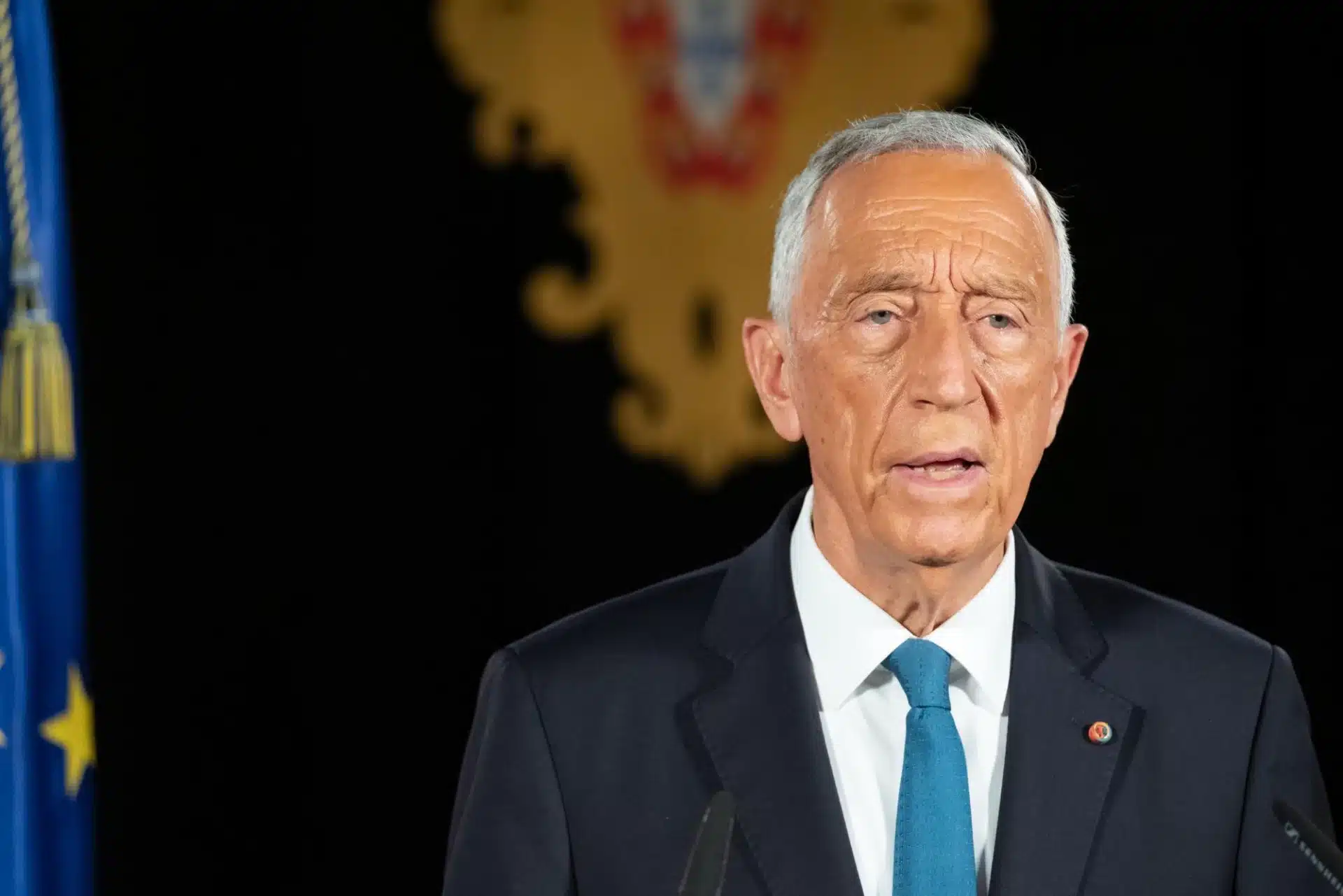“We are proceeding with the retraction of most of the operation, however, there is still a forensic need to locate two important components of the helicopter, which are crucial for the investigation of air accidents: the tail rotor and a computer that serves as navigation for the aircraft,” said Rui Silva Lampreia, regional commander of the Northern Maritime Police.
The official added that these “parts are fundamental” and “hence the importance of locating them, recovering them, and making them available to the Aircraft Incident Prevention Office so that we can have as many elements as possible to draw the best conclusions about the causes that led to the aircraft’s crash.”
Today, the strategy will be set up, and on Sunday, work to recover the components will resume, which will be carried out by forensic divers from the Maritime Police and fire departments.
This afternoon, the body of the fifth GNR (National Republican Guard) officer, aged 29, who was a victim of the accident, was found in the Douro River in the area where the aircraft crashed.
The commander explained that the body was found at the limit of the perimeter defined for the initial investigation, in the area where the aircraft crashed on Friday.
“It was when we finished the searches in that area that we located the missing body,” he said.
On Friday, the bodies of four officers from the Emergency Protection and Rescue Unit (UEPC) who were on board the helicopter that crashed into the Douro River had already been located.
The aircraft’s pilot was injured, rescued by a recreational boat, and hospitalized.
Silva Lampreia mentioned that the aircraft “was heavily destroyed” and that various debris is scattered throughout the primary investigation area.
However, these are small pieces that can be easily removed by teams and divers, so it will not be necessary to activate the vessel with a crane that removed the largest debris from the river this morning, he said.
Meanwhile, according to Silva Lampreia, tourist navigation has been reopened in a controlled manner, and it is now possible to move hotel ships.
For two days, a large operation was set up, involving about 200 operatives.
On land, in water, and in the air, in helicopters or operating drones, there were elements from the National Maritime Authority, the National Emergency and Civil Protection Authority (ANEPC), Lamego City Council, various volunteer fire departments and Porto sappers, the Army, GNR, INEM, Portuguese Red Cross, Institute of Legal Medicine, Douro, Leixões and Viana do Castelo Ports Administration, Aircraft Incident Prevention Office, Navy, and Hydrographic Institute.
The forest firefighting helicopter crashed into the Douro River on Friday, near the town of Samodães, Lamego, carrying a pilot and a team of five officers from the Emergency Protection and Rescue Unit (UEPC) who were returning from a fire in the municipality of Baião.
The causes of the accident are not yet known.
The Office for the Prevention and Investigation of Aircraft Accidents and Railway Accidents (GPIAAF), a Portuguese State body, has a team on the ground investigating the accident.









